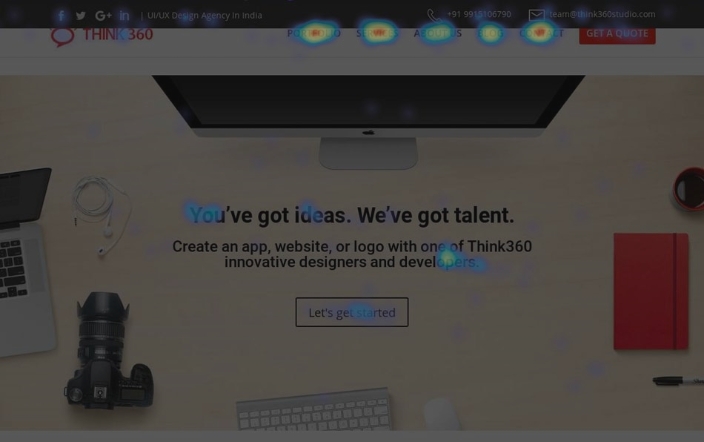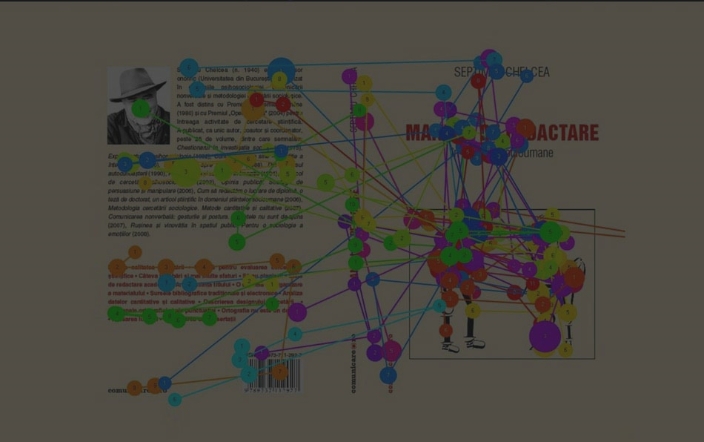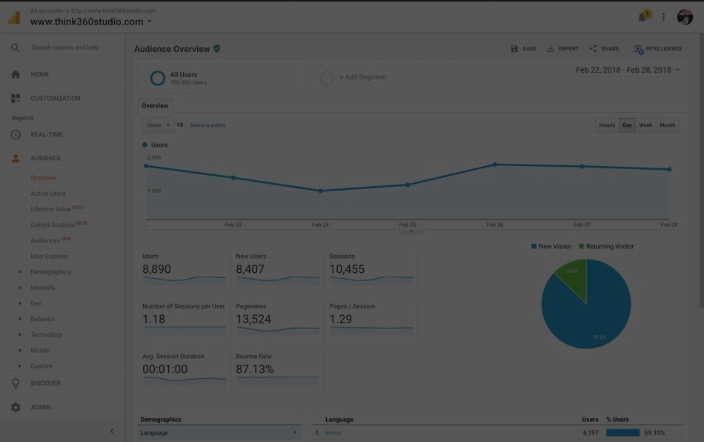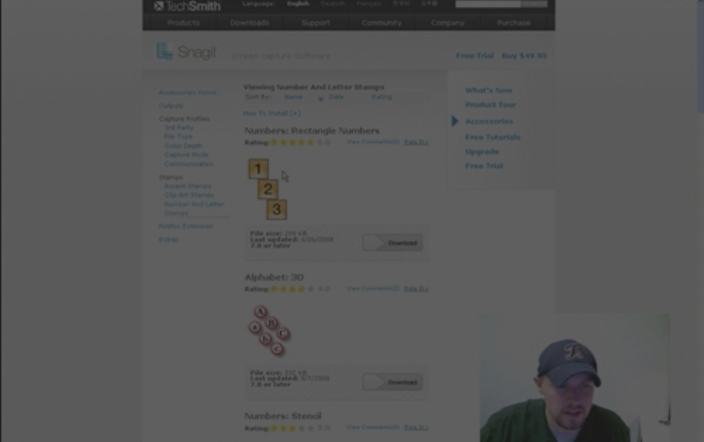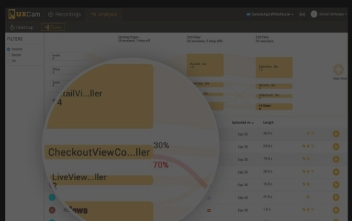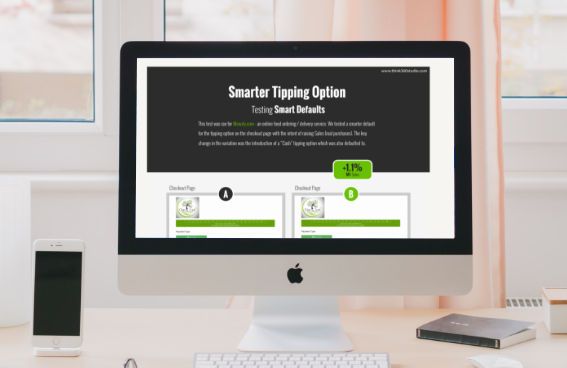A/B Testing
A/B testing, also known as split testing, refers to a random experiment procedure in which two or more versions of a variable (web pages, page elements, etc.) are shown to different segments of website visitors at the same time to determine which version makes the most impact and drives business metrics.
Why you should do the A/B test?
A/B testing allows individuals, teams, and companies to make careful changes to the product for user experiences while collecting data on results. This allows them to form hypotheses and learn why certain elements of their experiments can influence user behavior. In another way, their opinion about the best experience for a given goal can be proven wrong through A/B testing.
Additionally, answering a one-time question or resolving disagreements, A/B testing can be used for constant improvement of a given experience or to improve a single goal such as conversion rate over time.
A B2B technology company may want to improve sales lead quality and quantity from its campaign landing pages. To achieve that goal, our team will try A/B test changes to page headings, visual imagery, form fields, calls to action, and the overall layout of the website.
Testing one change at a time helps you identify which changes affect visitor behavior and which do not. Over time, they can combine the effects of multiple changes from experiments to demonstrate a measurable improvement of the new experience as compared to the old.
Benefits of A/B testing
Save lots of time and resources
User testing allows you to verify that your app functions properly and that key features are easily accessible.
Gain major competitive advantage
Usability testing aids in the development of a product that goes beyond functionality and offers a radically optimized user experience.
Identify valuable opportunities
User testing allows you to uncover user frustrations that would otherwise go undiscovered.
A/B testing process
The following is an A/B testing framework you can use to run tests:
- Collect data: The analysis will provide insight into where you can start optimizing. It helps to start with high-traffic areas of your site or app so that you can collect data faster. Look for pages with low conversion rates or high drop-off rates that need to be improved.
- Identify goals: Your conversion goals are the metrics we use to determine whether the variation is more successful than the original version. Goals can be anything from clicking a button for a link to buy a product or e-mail signup.
- Generate Hypotheses: Once you have identified a goal you can start A/B testing with ideas and generate hypotheses; why do you think they will be better than the current version? When you have a list of ideas, prioritize them according to the difficulty of implementation and expected impact.
- Create Variations: Using your A/B testing software (such as Optimizely), make the desired changes to elements of your website or mobile app experience. This practice can change the color of a button, the order of elements on the page, hide navigation elements, or something completely custom. Many A/B testing tools have a visual editor that helps make these changes easy. Be sure to QA for your experiment to make sure it works as expected.
- Run Experiments: Start using your experiment and wait for visitors to participate! At this point, visitors to your site/app will be randomly assigned to control or modify your experience. Their interactions with each experience will be counted, measured, and compared to determine how each performs.
- Analyze The Results: Once your experiment is complete, it’s time to analyze the results. Your A/B testing software will show data from the experiment and the difference between how the two versions (previous & current) of your page performed and whether there is a statistically significant difference.
If the newer version is a winner, Great! See if you can use the learnings from the experiment on other pages on your site and keep repeating the process to improve your results. If your experiment gives negative results or no results, use the learnings as an experience and create new hypotheses that you can test.

FAQs
Subscribe to Our Newsletter
About Intelligence Support for Senior Executives
